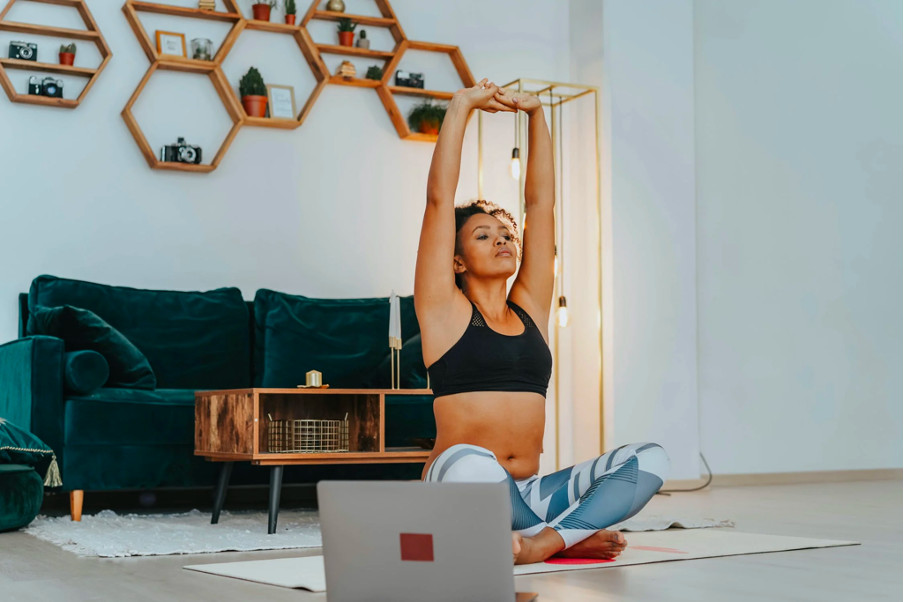Redecorating Your Home to Promote Relaxation

People spent 20 to 30 percent more time at home during the pandemic. Often, houses were pulling double or triple duty. For about 44 percent of the workforce, their home became their full-time office. Among households with school-age children, around 93 percent of people saw their house turn into a remote school.
While the pandemic isn’t altering the home landscape to the same degree now, it taught people to view their houses differently. If you’re among those looking for a change, seizing opportunities to turn your Orange, CA home into a personal sanctuary could be wise.
By redecorating to promote relaxation, you give yourself a private space for rest and rejuvenation. Here are some tips to get you started.
Determine If Your House Genuinely Meets Your Needs
Before you worry about redecorating, it’s wise to consider whether your home has the ability to meet all of your needs. Does it have enough square footage? Are there enough individual rooms? Are any critical features missing? If you find that redecorating alone won’t solve your problems, you may need to find a new living space that’s better equipped to meet your needs. If that’s the case and you’re thinking of buying a new home, research the housing market in Orange. That way, you’ll have all of the information you need for a successful home search.
Create “Smile” Moments
When you’re choosing your décor items, don’t worry about trends. Instead, focus on pieces that genuinely make you happy and sprinkle them throughout your home to create “smile” moments. Having items that bring you joy scattered throughout your spaces act as quick pick-me-ups every time you cross through rooms. Couple that by decluttering – effectively removing any décor that doesn’t make you happy – and your house is a nicer, friendlier place.
Keep Your Color Palette Muted and Neutral
Bright colors are more energetic than muted, neutral tones. If you want to promote relaxation, update your space to include classically soothing colors. For example, you may want to repaint your walls using a soft cream. It isn’t as stark as white but still creates a neutral background. If your furniture isn’t neutral, there are cost-effective fixes that can save you a bundle. Consider slipcovers for sofas and chairs as a quick, affordable solution. For wood pieces, you could either paint or refinish.
Put Your Home Office in a Separate Space
Working from home can have a significant impact on how restful and functional your home feels. For example, if you set up an office space in your bedroom or work from bed, that part of your home becomes associated with mental activity. That makes your bedroom less relaxing by association. Similarly, having an office set up in a living or dining area is often disruptive. When your work is out in the open, you may have a harder time setting healthy boundaries, harming work-life balance. Plus, some of your living areas may not serve their original function if you’ve turned them into an ad hoc workspace, which may prevent your home from fully meeting your needs. Creating a distinct work area in your home away from other parts of your house helps you avoid distractions and remain organized, maximizing productivity. Plus, it prevents work from overtaking your life, making your home more relaxing.
Change Up Your Lighting
If you want more control over the feel of your space, update your lighting. Installing dimmer switches or using smart bulbs that support a wide array of colors and brightness levels, you can quickly shift the look of a room. You could change to blue hues when you want a sense of calm or go with dim red lights at night to avoid disrupting melatonin before bed. In many cases, either of those updates is reasonably affordable. However, if you go with smart bulbs, you get a bit more. Along with more colors, you can control your lighting through your smartphone, allowing you to turn your home into a welcoming sanctuary before you arrive after a stressful day out.
Contributing writer: Seth Murphy
